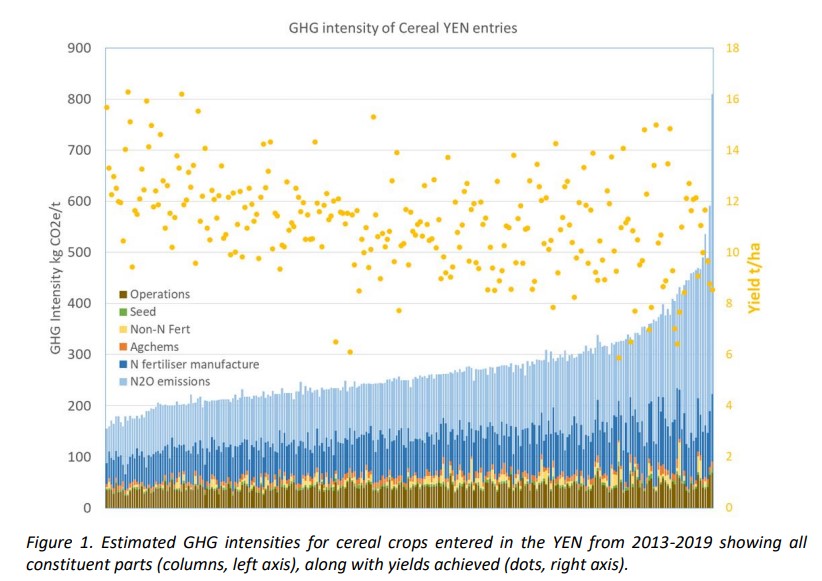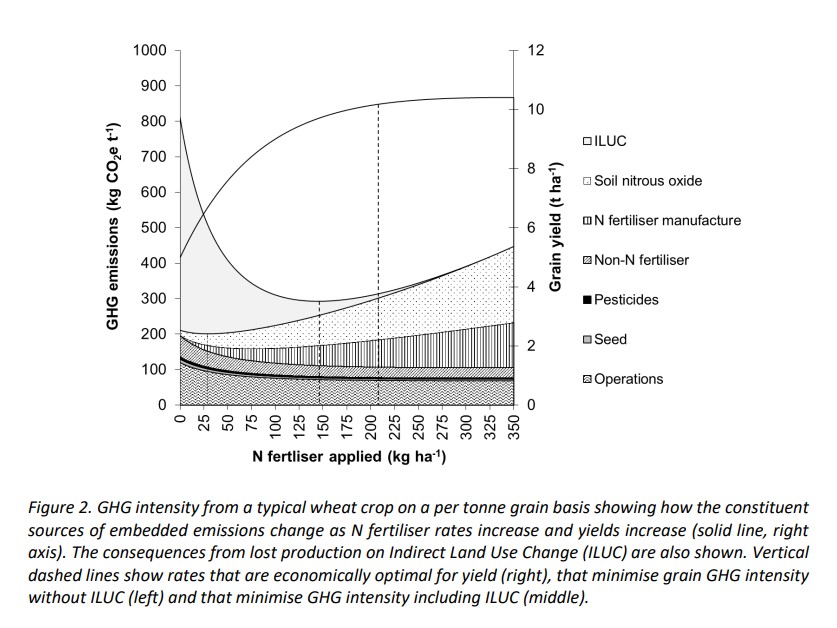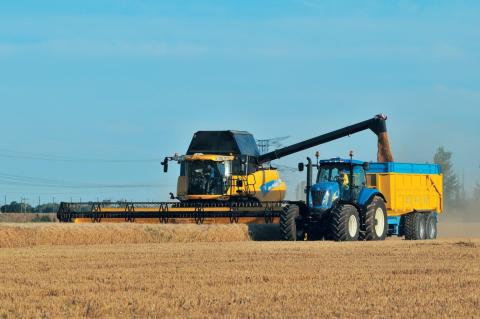


An overview of the greenhouse gas costs of cropping, including an analysis of YEN data in lead up to establishing YEN Zero. Also includes an analysis of the relationship between nitrogen fertiliser, GHG costs, yield, GHG intensity and potential indirect land use change (ILUC) consequences.
Part funded by the Morley Foundation.
ADAS provides ideas, specialist knowledge and solutions to secure our food and enhance the environment. We understand food production and the challenges and opportunities faced by organisations operating in the natural environment
In 2015, the UK pledged to be Net Zero by 2050, with the NFU striving for the more ambitious target of 2040. Net Zero is achieved when the amount of greenhouse gases (GHG) emitted is balanced with those removed from the atmosphere. This helps to combat climate change and reduce global warming.
YEN Zero is a recently established network in the ADAS YEN Family, with the overarching aim of creating a net-zero community. It aims to bring key players from across the agricultural industry together to meet the industry’s target of achieving net zero emissions by 2040.
The number of tools and calculators available can be daunting. None are necessarily right or wrong, the appropriate tool for you depends on the question you are asking.
Are environmental benefits (carbon, biodiversity...) best served by sharing agricultural land with nature, or by maximising yield in some areas to spare tracts of land exclusively for nature in other areas?
Lots of initiatives are measuring and reporting the carbon or greenhouse footprint of products or activities, including crops, livestock and food.
The Morley Agricultural Foundation is a charity that supports farming in the East of England by funding agricultural research, student studies, professional development of farmers and others and a variety of educational projects for school age children.
The key GHGs for agriculture that contribute directly to climate change are: Carbon dioxide (CO2) Methane (CH4) Nitrous oxide (N2O) All these GHGs are often grouped under the umbrella term ‘carbon’.
Land use refers to the way that land is used and managed for various purposes, such as agriculture, housing, industry, and recreation.